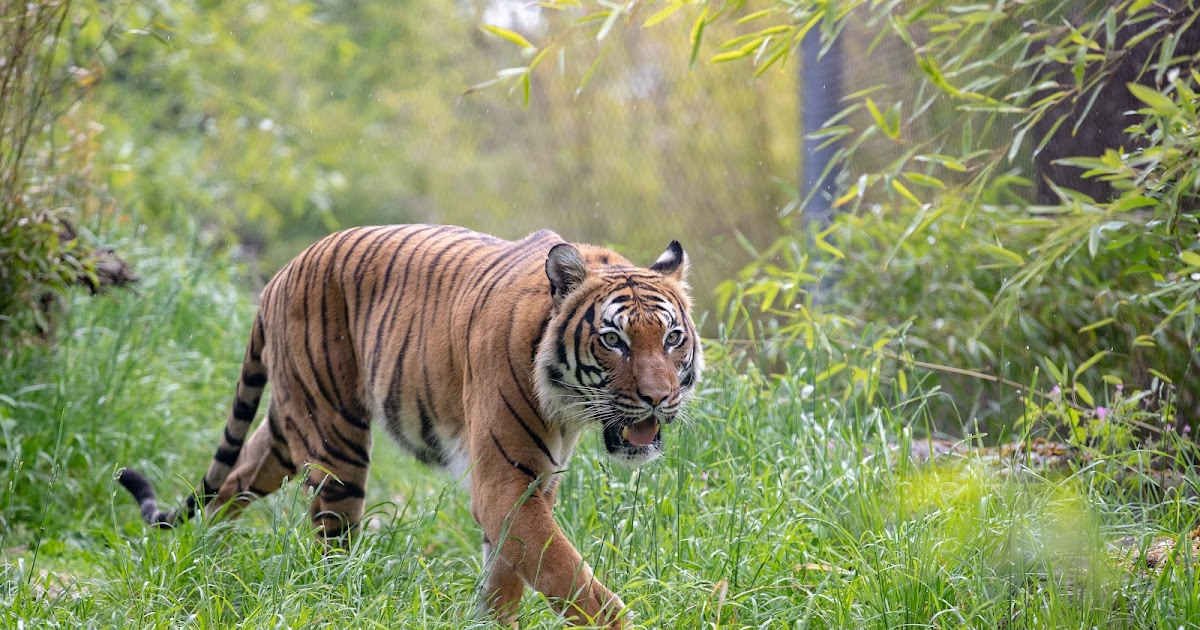Summary of Woodland Park Zoo announces grant to support transformative empathy for wildlife projects:
Woodland Park Zoo announced it is distributing $3.3 million in new grants to 14 zoos and aquariums across the western U.S. These grants, part of the Advancing Empathy Grant Program established in partnership with Margaret A. Cargill Philanthropies, aim to enhance empathy and connections between zoo visitors and wildlife. Initiatives include Lake Superior Zoo’s project to improve guest engagement through new training facilities and Minnesota Zoo’s efforts to interact with nonverbal guests. The program supports AZA-accredited organizations in several states, promoting inclusive and innovative ways to foster empathy and conservation awareness.
- Woodland Park Zoo’s empathy-focused grant initiative aims to foster meaningful connections between zoo visitors and wildlife.
- The Advancing Empathy Grant Program supports innovative projects at zoos and aquariums across the western United States.
- Emphasizing inclusive engagement strategies, these grants target underrepresented communities and various communication styles.
- Grant-funded projects demonstrate a commitment to wildlife conservation through the enhancement of visitor experience and animal welfare.
- The program highlights the importance of empathy in conservation efforts and encourages broader community involvement in wildlife care.
Woodland Park Zoo’s recent announcement of a $3.3 million grant to support empathy-driven projects marks a transformative approach in engaging communities with wildlife. Administered through their Advancing Empathy Grant Program, this initiative partners with Margaret A. Cargill Philanthropies to enhance the capacity of zoos and aquariums. The focus is to cultivate empathic connections, thereby encouraging social change and fostering a more profound relationship between visitors and the natural world.
Empathy is increasingly acknowledged as central to conservation efforts. It bridges the gap between seeing animals as mere exhibits and understanding them as living beings sharing our planet. This notion transforms zoos and aquariums from passive viewing points to active spaces where empathy guides interactions. By fostering emotional bonds, these institutions aim to instill a sense of responsibility towards wildlife conservation.
The funded projects serve as exemplars of innovation and inclusivity. At the Lake Superior Zoo, the Big Cat Connections project enhances not only visitor engagement but also animal welfare. By constructing specialized training walls for big cats like the Amur tiger and snow leopard, the project allows trainers to demonstrate care and enrichment practices, heightening the educational experience.
Such initiatives reflect a broader commitment to accessibility and inclusivity. For example, Minnesota Zoo’s work focuses on nonverbal communication for guests with disabilities, including autism and Alzheimer’s disease. This approach ensures that empathy transcends spoken language, fostering deeper connections with a diverse audience.
Incorporating culturally responsive practices, the Advancing Empathy Grant Program underscores the importance of reaching underrepresented communities. Zoos adapt their storytelling and educational methods to resonate with varied cultural narratives, thereby widening the scope of empathy-driven engagement.
Through these activities, the program highlights how empathy can lead to actionable conservation efforts. By encouraging visitors of all ages to connect with wildlife more personally, these projects aspire to cultivate environmental stewardship. Emphasizing the care for, and shared responsibility of, our planet ensures that empathy transforms curiosity into commitment.
Moreover, the initiative encourages professionals interested in wildlife conservation to explore empathy’s potential. The ACE for Wildlife Network offers resources on integrating empathy into conservation strategies. This training provides a valuable opportunity for conservationists and educators to expand their understanding of empathy’s role in their work.
In sum, the Woodland Park Zoo’s efforts present a compelling model for how empathy can be woven into the fabric of zoo and aquarium experiences. By prioritizing empathy, these institutions not only enhance visitor experiences but also reinforce global wildlife preservation efforts. In doing so, they provide a roadmap for other organizations striving to make a meaningful impact on conservation through empathy-driven initiatives.


